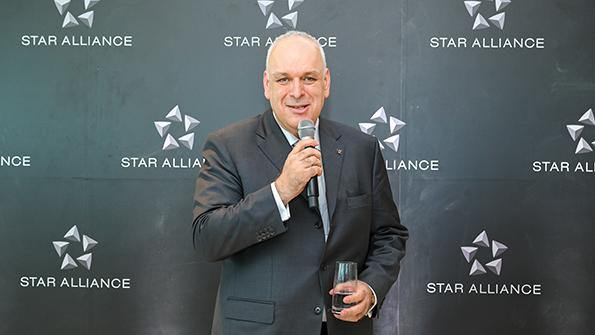
Star Alliance CEO Theo Panagiotoulias.
Credit: Star Alliance
Theo Panagiotoulias took the helm at the Star Alliance from its Singapore headquarters after gaining 25 years’ experience in the airline and travel industry, including leadership positions at Hawaiian Airlines, Sabre and American Airlines. Star is one of the three airline global alliances along with...
Interview: Star Alliance CEO Theo Panagiotoulias is part of our Air Transport World subscription.
Subscribe now to read this content, plus receive full coverage of what's next in air transport from the experts trusted by the global air transport community. Every article focuses on what airline management professionals need to run their airline, including crucial analysis and insights in financing, airframes and engines, environmental and regulatory pressures and much more.
Already a subscriber to ATW or an AWIN customer? Log in with your existing email and password.





